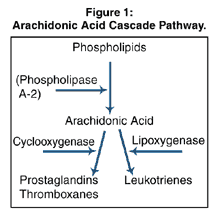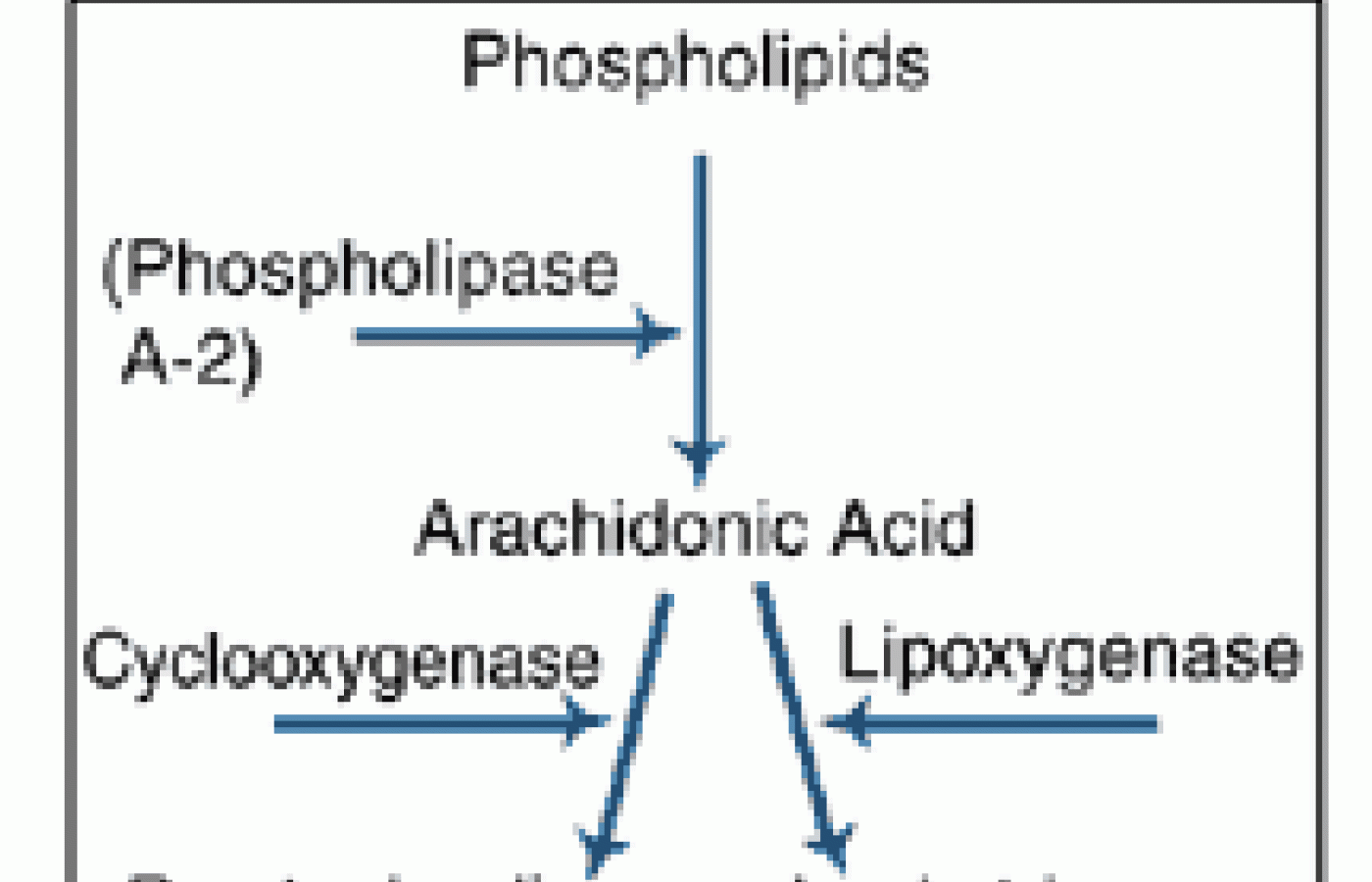MRI is currently the gold standard for identifying radicular pathology, but unfortunately, it requires preauthorization, which isn’t easy to obtain. Physical tests are what most practitioners depend on – despite the marginal reliability of the tests. The information in this article brings history and observation to the forefront of radicular diagnostics. Each factor listed can significantly increase the clinician’s ability to diagnose radiculopathies.
Herbal Anti-Inflammatories
In the last decade, the use of herbs for both therapeutic and prophylactic nutrition has grown exponentially. Most herbs new to the mainstream market have been used for years by various cultures for both specific and general conditions. With the large profit potential of these herbs, it is not uncommon for substances to be sold based on anecdotes and testimonials alone. Just because science has not caught up with these products does not mean they do not work. Conversely, many clinicians (myself included) feel more comfortable recommending substances that have been studied.
There are many herbs that reduce inflammation. These six have been studied and work well alone and in combination formulas:
Bioflavonoids1-4: -- a large class of compounds derived from fruits and vegetables:
• includes limonene, hesperidin, and rutin (all from citrus); • decreases arachidonic acid release; • decreases histamine release; • exhibits a wide range of antioxidant activity, including the protection of collagen and hyaluronan from free radical attack; • strengthens capillary and vessel walls; • works well with vitamin C; • dosing: 250-1000 mg t.i.d.
Turmeric, AKA Curcuma Longa5-9 -- a spice whose active component is the yellow pigment curcumin:
• possesses powerful anti-inflammatory properties by inhibiting lipoxygenase, cyclooxygenase, and phospholipase A2; thus, turmeric disrupts the arachidonic acid cascade at three important steps; • possesses the ability to scavenge nitric oxide*; • demonstrates antioxidant properties by both inducing glutathione production and quenching free radicals; • reduces neutrophil cascade to areas of tissue injury; • decreases platelet aggregation; • has been used for osteoarthritis and rheumatoid arthritis and postsurgical inflammation; • dosing: 250-500 mg t.i.d. on an empty stomach.
Quercetin9-12 -- a citrus bioflavonoid that is also found in onions:
• well-absorbed in the intestine and can also be derived from rutin during digestion; • reduces inflammation by inhibiting phospholipase and lipoxygenase enzyme activity; • works well with vitamin C and vitamin E as a powerful antioxidant; • reduces histamine and degranulation reactions; • dosing: 250-1000 mg per day in divided doses.

[Figure 1: Arachidonic Acid Cascade Pathway.]
Boswellia Serrata6,13-15 -- from the leaves of a tree in central India:
• blocks the enzyme lipoxygenase, thus reducing leukotriene production; • decreases lymphocyte migration to inflamed tissues; • has been used for both osteoarthritis and rheumatoid arthritis; • can suppress connective tissue degeneration during inflammation; • dosing: 250-400 mg t.i.d.
Ginger3,16,17 -- a spice that interferes with the cyclooxygenase enzyme, thus reducing prostaglandin and thromboxane production:
• has been used for the treatment of both osteoarthritis and rheumatoid arthritis; • dosing: 500-2000 mg per day in divided doses.
Rosemary18,19 -- fresh or dried leaf of Rosmarinus officinalis (Fam. Lamiaceae)
• Has both antioxidant and anti-inflammatory properties; • Neutralizes nitric oxide* and peroxynitrate radicals; • Protects DNA from xenobiotics; • Dosing: 200-1000 mg in divided doses.
- Nitric oxide (NO) is produced when white blood cells encounter irritation. This includes allergens, infection, toxic exposure and trauma, all of which can shift the cell into oxidative stress physiology. NO production in proinflammatory environments stimulates both cyclooxygenase and lipoxygenase pathways.20
- Da Silva E, et al. Pharmacological evaluation of the anti-inflammatory activity of a citrus bioflavonoid. J Pharm Pharmacol 1994;46:118-22.
- Emim J, et al. Pharmacological evaluation of the anti-inflammatory activity of a citrus bioflavonoid hesperidin and the isoflavones duartin and claussequinone in rats and mice. J Pharm Pharmcol 1994;46:118-22.
- Seaman D. Clinical Nutrition for Pain, Inflammation and Tissue Healing. Hendersonville, NC: NutriAnalysis, Inc., 1998.
- Bucci L. Nutrition Applied to Injury Rehabilitation and Sports Medicine. Boca Raton, FL: CRC Press, 1995.
- Sreejayan R. Nitric oxide scavenging curcuminoids. J Pharm Pharmacol January 1997;49(1);2(2):16-20.
- Kulkarni R, et al. Treatment of osteoarthritis with an herbomineral formulation: a double-blind, placebo-controlled, crossover study. Journal of Ethnopharmacology 1991;33:91-5.
- Satoskar R, et al. Evaluation of anti-inflammatory property of curcumin in patients with postoperative inflammation. International Journal of Clinical Pharmacological Therapy and Toxicology 1986;24:651-4.
- Srinivas L, Shalini V. DNA damage by smoke: protection by turmeric and other inhibitors of review of systems. Free Radical Biol Med 1991;11:227.
- Bland J, et al. Clinical Nutrition: A Functional Approach. Gig Harbor, WA: The Institute for Functional Medicine, 1999.
- Middleton E, et al. Quercetin: an inhibitor of antigen-induced human basophil histamine release. J Immunol August 1981;127(2).
- Skaper SD, et al. Quercetin protects cutaneous tissue associated cell types including sensory neurons from oxidative stress induced by glutathione depletion: cooperative effects of ascorbic acid. Free Rad Biol Med 1997;22(4):669-75.
- Negre-Salvayre A, et al. Additional antilipoperoxidant activities of alpha tocopherol and ascorbic acid on membrane-like systems are potentiated by rutin. Pharmacol 1991;42:262-72.
- Schauss A, et al. Indian frankincense (boswellia serrata) gum resin extract: a review of therapeutic applications and toxicology. Natural Medicine Journal February 1999;2(2):16-20.
- Reddy G, et al. Studies on the metabolism of glycosaminoglycans under the influence of new herbal anti-inflammatory agents. Biochemical Pharmacology 1989;38:3527-34.
- Kulkarni R, et al. Efficacy of an ayurvedic formulation in rheumatoid arthritis: a double-blind, placebo-controlled, crossover study. Indian Journal of Pharmacology 1992;24:98-101.
- Kiuchi F, et al. Inhibitors of prostaglandin biosynthesis from ginger. Chemical Pharmacological Bulletin 1982;30:754-7.
- Srivastava KC, Mustafa T. Ginger (zingiber officinale) in rheumatism and musculoskeletal disorders. Medical Hypothesis 1992;35:342-8.
- Chan MM-Y, et al. Effects of three dietary phytochemicals from tea, rosemary and turmeric on inflammation-induced nitrate production. Cancer Letters 1995;96:23-9.
- Offord E, et al. Mechanisms involved in the chemoprotective effects of rosemary extract studies in human liver and bronchial cells. Cancer Letters 1997;114:275-81.
- Bland J. Improving Intracellular Communication in Managing Chronic Illness. Gig Harbor, WA: Healthcom International, 1999.



